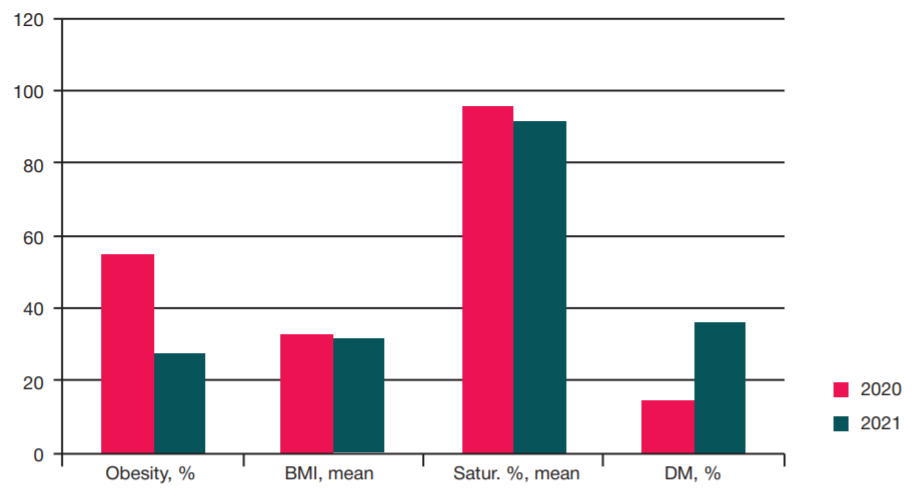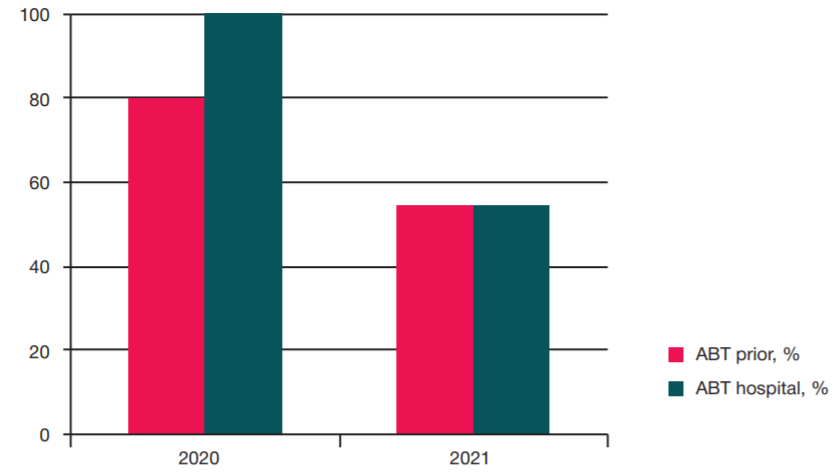
This article is an open access article distributed under the terms and conditions of the Creative Commons Attribution license (CC BY).
REVIEW
The trouble with antibiotics
Yaroslavl State Medical University, Yaroslavl, Russia
Correspondence should be addressed: Shamil Kh. Palyutin
ul. Revolutsionnaya, 5, Yaroslavl, 150000, Russia; ur.xednay@ocimahs
Author contribution: Speshilova SA — research planning, data collection, data analysis, data interpretation, preparing a manuscript draft, article concept, literature selection and analysis, data generalization, text writing; Sinitsina OA — research planning, data selection and analysis; Demarina SM — preparing a list of literature; Palyutin ShKh — literature selection and analysis, data generalization, text writing.


